

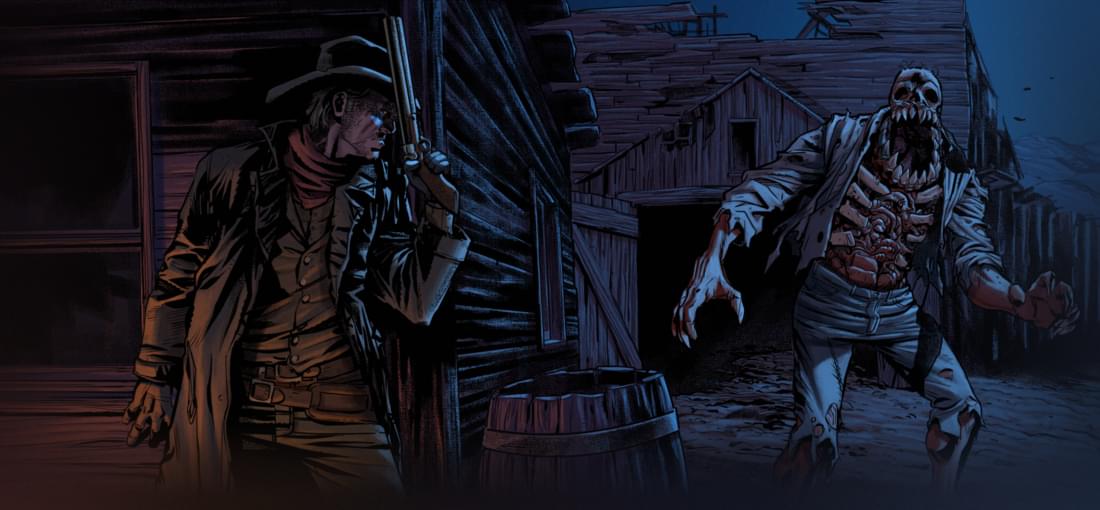
Blood West is a stealth/survival horror romp which will remind you of Thief, Resident Evil 4, S.T.A.L.K.E.R or even Dark Souls. Its gameplay loop is simple: some flamboyant weirdo vaguely points in the direction of the next McGuffin, and it's up to you to traverse a wide open level to get to it. And the game won't make it easy for you: enemies hit hard, ressources are scarce, and death is pretty punishing! Direct combat is risky and clunky, so sneaking, sniping and backstabbing your way through environments is pretty much the only way to go. Thankfully the stealth is smartly implemented, and overall very fun. There are always places to hide and alternate paths to your objectives; taking time to explore will yield worthy bounties; headshots are brutally efficient and satisfying; and foes, while deadly, are just stupid enough to leave you some margin of error. BW may be hard, but it's also fun and rewarding as long as you put efforts in it! And it has character, too! The low-poly graphics (similar to Postal: Brain Damaged, the devs' previous success) are among the crunchiest on the market, and do a great job of depicting this sinister version of the American Frontier. The guys at Hyperstrange have a real knack for creating striking atmospheres on a budget. The issue is that on the long run, BW's simplicity kinda works against it. While some describe it as an "immersive sim", it lacks the environmental interactivity associated with the genre: all you do is kill, sneak and explore, which for me got quite repetitive after a while - and the frustration of dying on the regular only rubbed salt into the wound. There's about 20-25 hours of content, but 15 would have sufficed. Still, while Blood West is not all that replayable it's fun and well-made, and definitely has something for you if you enjoy first-person games with a challenge. Hyperstrange has been putting out banger after banger since Elderborn, and I can't wait to see what will be their next!
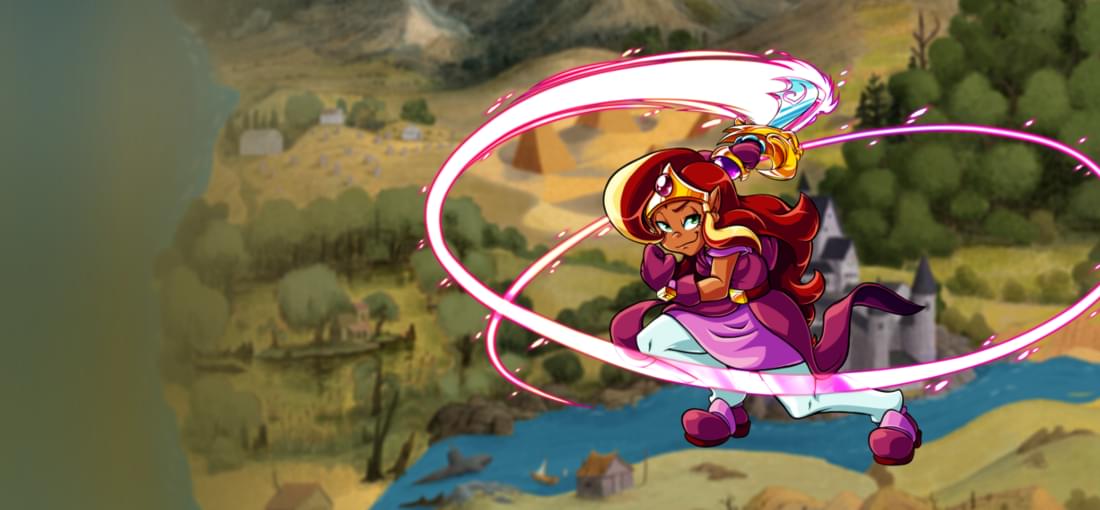
By taking inspiration from the infamous Zelda CD-i games, Arzette: The Jewel of Faramore asks a question: can the most terrible games in existence be salvaged into something decent?... And after playing it, I can say the answer is yes! Arzette's premise is pretty brilliant. By emulating the non-linear design and gameplay style of those terrible games but implementing them properly, it actually makes for a fun platforming experience. It's all pretty basic metroidvania stuff, but it works well and is satisfying enough. Death comes quickly but has little consequence, meaning that it's never too frustrating. The controls feel slightly rigid at the start, but when you start getting tired of the gameplay or frustrated with the mechanics a new combat or movement upgrade will come to shake things up, meaning that the game only gets better as it goes on! Of course, Arzette revels in the aesthetics that made its predecessors so notorious. The cutscenes look like they're animated with MS Paint, and they’re so gloriously unhinged I completed every secondary quest just to see them all. The levels are painted by the same artist as the CD-i games and look pretty damn good - a reminder that behind the scenes, even bad games still have talented people doing their best! So Arzette is a much, MUCH better game than its inspirations... But not uniquely great either. I'm not of a fan of the constant backtracking: there are only 15 levels, but you'll need to replay them over and over again to open new passages with your latest items, hoping you'll stumble on something relevant to your current objective! A frustration that could have been diminished with, say, the possibility to teleport to checkpoints, or just a map or log keeping track of locked areas. Despite this issue, Arzette is a very fun and funny romp. It’s a loving tribute to terrible games, a piece of art that deeply believes that even the worst dumpster fires still have redeemable and inspiring qualities. It's worth a buy!
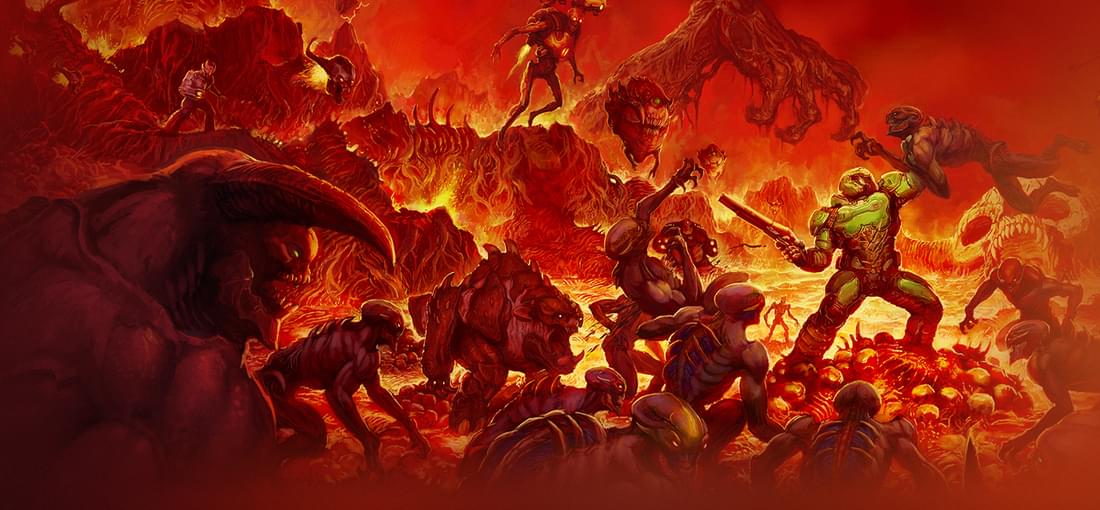
It's 2016. For ten years, the FPS market has been dominated by military-themed cover shooters. Indie "boomer shooters" aren't really a thing yet. Duke Nukem Forever, Rage and Wolfenstein:TNO weren't quite what you hoped. Quake and Half-Life are missing in action. And then, Doom comes back. Released when we needed it most, this reboot brought back many of the retro design elements that we sorely missed: the levels are typically non-linear and rely on exploration and key-hunting; the guns require no reloading, and enemy attacks are avoided by staying on the move rather than cowering behind cover. Yet Doom 2016 isn't just great because it plays like previous entries in its series, but also because it plays like you've always wanted them to... without even realizing it. It's unafraid to experiment with new mechanics that spice the combat up, like alt-fires for the guns and the aptly named Glory Kills - hilariously brutal executions that actually don't break the pace of the fight. Encouraged to be as nimble and aggressive as possible, you feel unbeatable... even though you very much aren't! Overall, it's expertly-crafted, fun, fast, and engaging. The enemies, guns and levels are all great fun to get acquainted with, and it's all wrapped up in a nice art direction and minimalistic storytelling that really enhance the "Metal AF" feel of it all. Does this game have issues though? Well, I'm not sure the upgrade systems add much, though at least they're easily ignored. It's well optimized, but the file size is bloated. The platforming is clunky and sometimes as deadly as demon encounters themselves. And that's it: the rest of the experience is top notch. In the context of its franchise and genre, Doom 2016 truly respects what used to make these old shooters awesome while taking their epicness even further; on its own merit, it's simply a masterpiece of action and a blast to play. It's reasonably priced and accessible to all types of gamers, so get ready to rip and tear!
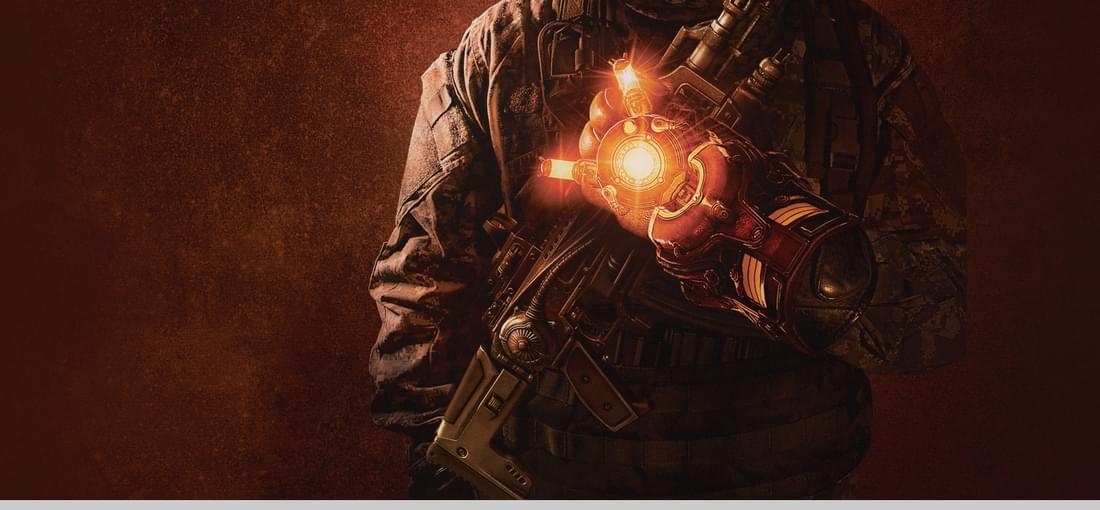
I’ll level with you: ironically, I did not expect this game to be much of a singularity among other shooters of its era. I thought it would be a fun but forgettable experience, and the first few minutes of gameplay indeed seemed to confirm I was once again about to play through the adventures of some grunt who can’t carry more than two guns or sprint for more than ten steps. Yet, the more I played Singularity, the more I became impressed by how fun and well-made it was. Once the plot is truly kicked in motion when the hero is given a cool timey-wimey device, Singularity becomes a memorable romp where you’ll dispatch a respectable variety of enemies in badass ways: in additions to your regular shotguns and rifles, you’ll get to headshot monsters in slow-mo, throw explosive barrels like it’s nothing, and even have enemy soldiers rot away in seconds! Not just that, but the game’s world is full of smart design choices that guarantee a much more engaging experience than your average cover shooter. Your powers will often come in handy to solve puzzles, and despite the linearity of the campaign you’re encouraged to take your time to explore each location -both to upgrade your character and to remain stacked on resources. No regenerating health here: you’d better start looking for medkits! I can’t say I found Singularity’s gameplay to be spotless though. Every action is animated, which often breaks the flow of the combat. I’m not a fan of those weapon “upgrades” that should have been here from the get-go. And while the novelty guns and offensive powers are fun to fool around with, the basic assault rifle is almost always the best and safest option. In the end I’d absolutely recommend Singularity, which runs well on modern computers (though there’s no built-in way to adjust the terribly low FOV). If you enjoy smart, atmospheric shooters like Doom 3, Half-Life 2 or F.E.A.R, have a shot at what was arguably the last of them: it’s just the right length, and a ton of fun.
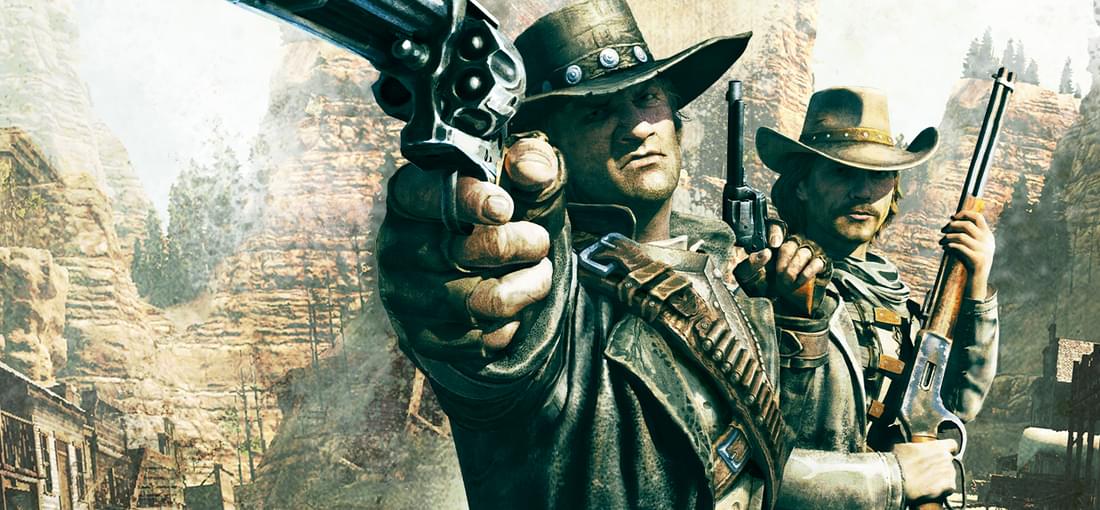
Serving as the prequel to 2006’s Call of Juarez, Bound in Blood is a clear improvement over its charming but flawed predecessor. The gunplay feels better, the level design is superior, the A.I. is more responsive, and even the storytelling is more engaging. It does a good job of expanding on CoJ’s qualities, doubling down on the explosive action and wide open spaces while omitting or enhancing some of its egregious design elements. For instance, while it still has two playable protagonists with different gameplay styles, you can now select your character at the beginning of each level, letting you skip Thomas’ stealth/platforming gameplay if you prefer to incarnate Ray the gunslinger. Still, Bound in Blood makes a few missteps along the way, notably because of its “Call-of-Dutesque” gameplay style. The gunplay is now more about knowing when to cower behind cover to regenerate health than it is about being quick or accurate… Although since you’re wielding manual-action guns, you can’t spray and pray your way out of combat and need to make every shot count – no full auto in the Wild West! It’s also full of small imperfections, like how easily the enemies blend in the environments, how awkward the automated leaning system feels, or how much of a pain the fast draw duels are. But hey, you can’t deny the gameplay is wrapped in a nice package. Much like the first game, CoJ:BiB’s advanced visual tech and great art direction allow it to remain very pretty-looking in spite of its age (as long as you tweak the FOV and Vsync); and while the plot isn’t incredible, it’s told with a lot of conviction and sincerity and has all of the grit and anti-heroism you could possibly want from a Western story. In the end, CoJ:BiB is a fine experience. It's everything we loved and hated about late 2000s/early 2010s FPSes, clad in a badass outlaw duster. There’s a lot of good here, alongside some bad and a bit of ugly, making for an overall fun Wild West shooter with a few clever twists.
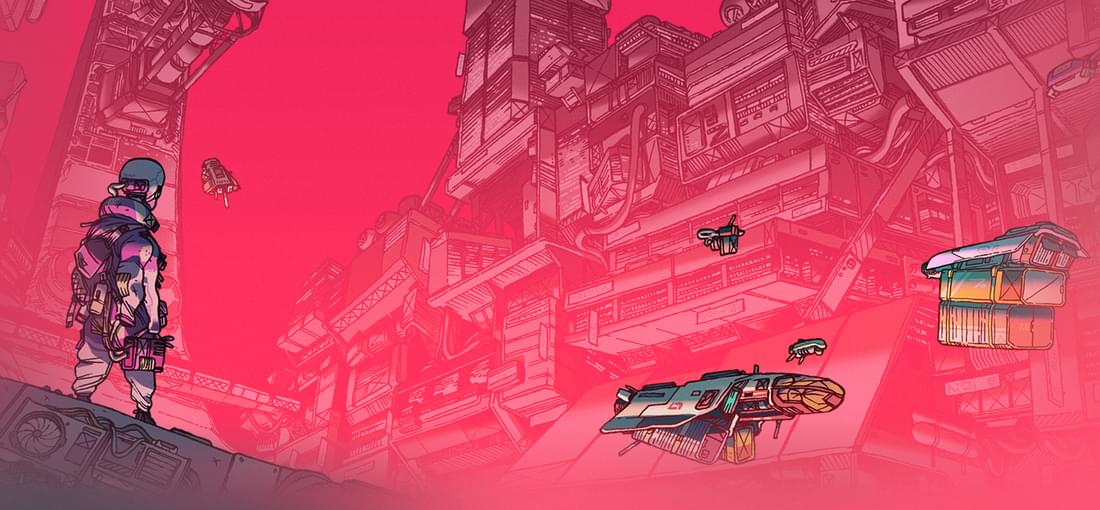
Citizen Sleeper is a fine game. It heavily markets itself as “inspired by tabletop role-playing games”, but you definitely shouldn’t expect it to play or feel like your typical CRPG: it is more accurately described as a sort of management sim that happens to have RPG-esque elements. On its own merits though, it is rather entertaining and well-conceived. While the mechanics are kind of abstract at first glance, they are simple to get a hold of while also having a respectable amount of depth and complexity, making for an engaging gameplay loop. Have your priorities straight, acquire and spend resources carefully, make sure you have enough juice left to keep yourself going for the foreseeable future, and you’ll be fine! The experience is not all about that grind though, as each objective you complete will advance the plot a little through a dialog box: those story snippets are typically well-written, full of fascinating sci-fi concepts, and the occasion to meet a variety of nuanced characters and reflect on all the challenges this world presents… Some of which are uncannily similar to ours. Sadly, while all of this makes CS good, it’s not quite enough to make it great. The gameplay, while full of smart design decisions, is repetitive: essentially, it all boils down to throwing a bunch of dices until you’re rewarded with a bit of text to read and a few inconsequential dialog options to select. The experience gets somewhat dull, and the presentation doesn’t help: the character illustrations look cool, but everything else from the music to the 3D visuals felt pretty bland to me. So, yeah, I ended up finding CS fairly unimpressive... but commendable, especially for a single-dev project. It’s lacking in ambition, but it’s fine for what it is: a text-based management game about living paycheck to paycheck in a system that can barely sustain itself. If you’re looking for a relaxing adventure game with a focus on narration, there’s definitely something for you here.
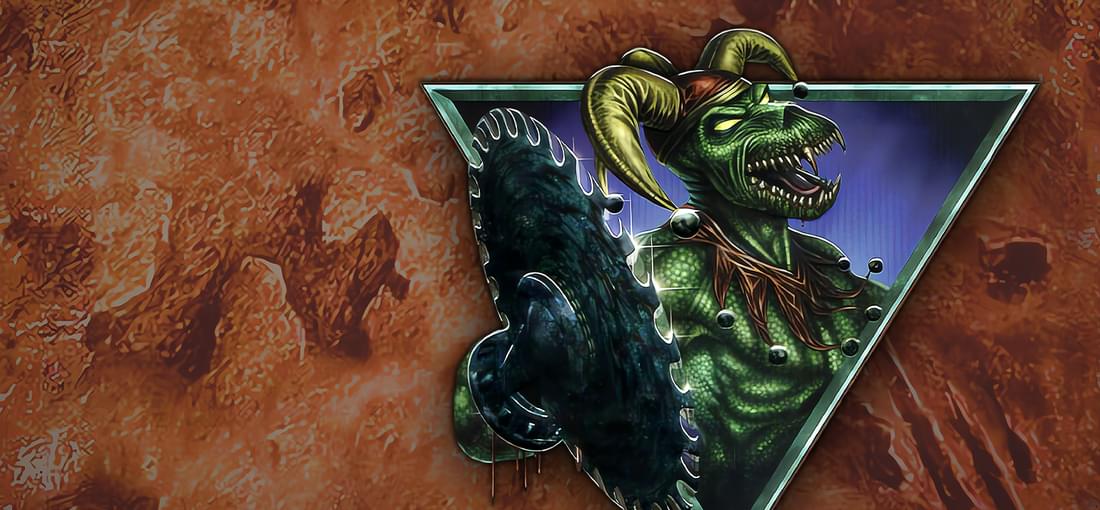
In retro FPS circles, Chasm: The Rift is sometimes being referred to as a hidden gem or a cult classic, a surprisingly good Quake-like sadly overshadowed by bigger games. Its reputation was good enough for it to get this sleek re-release, and with it a chance to ascertain that Chasm is, in fact… Well, it’s okay I guess. From a technical standpoint, it’s actually quite impressive for its era! It sometimes exhibits Build Engine-levels of interactivity. The models and textures are really solid. It has animated and voiced cutscenes. Each episode has its own visual theme and appropriate enemy roster. And it features one of the first dismemberment systems in FPS history (maybe THE first?): I’ll never forget that time a foe I had just turned into a double arm amputee beat me to death with his bleeding stumps. The issue with Chasm is that it has Duke Nukem’s interactivity and Quake’s good looks, but plays more like Wolfenstein 3D. The limitations of the devs and their tech are obvious in the level design and enemy behavior: the levels have no verticality, are labyrinthine and cramped, while every single opponent is a bullet sponge. Much of the gunplay consists in getting cheaply ambushed in tight spaces, awkwardly finding cover, and then popping in and out to take potshot at foes that soak up bullets like it’s nothing. And boy, that's not always a great time. Mercifully, Chasm is shorter than other shooters of its era, with a measly 16+3 levels to clear. At least, this re-release is top-notch (except for its steep price): it runs right out of the box, lets you play in high res without denaturing the visuals, includes the DOS version, and has a demo that you should definitely have a taste of before spending money on the full experience. Because yeah, Chasm is only… sorta good. It’s impressive to connoisseurs, has nostalgic appeal, and is often fun, but it’s not really something you’ll want to spend time on unless you’ve already played every good boomer shooter out there.
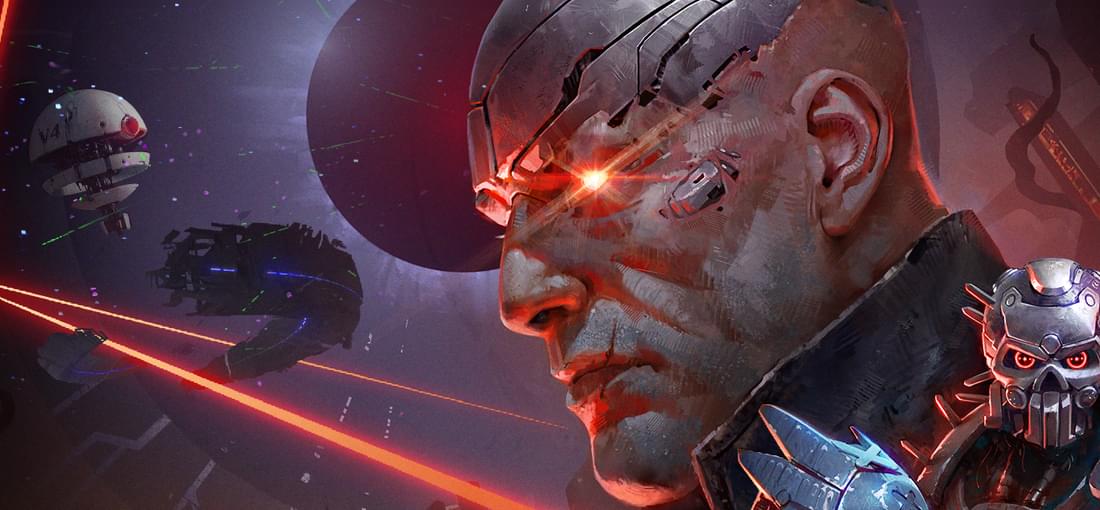
Turbo Overkill isn’t just a good boomer shooter with cyberpunk flavor: it’s a collection of great design elements that make for an incredibly visceral experience. It has all we’ve come to expect from great throwback FPS games: good guns, solid level design, frantic action, great mobility, a diverse enemy roster… And it excels at each of these things. Sections that would be a pain in any other shooter become a joy to go through in TO, courtesy of great controls and actually fair design. It’s a challenging game for sure, but the incredible mobility and powerful weaponry of Johnny ensure that fights are always fun, and that no situation is ever unsalvageable. An impossibly far ledge to reach? Double-jumps and dashes are your best friends! Surrounded by a horde? Nothing the chainsaw-leg can’t handle! Mini-bosses are ruining your health? Whip out those micro-missiles and they’re gone! Not to mention that the upgrade systems are, for once, non-obtrusive and actually useful (to the point of nearly breaking the game). TO is fast. TO is brutal. TO is awesome. It bears mentioning that this is also a game full of attitude, lovingly paying homage to all the gaming and movie classics that inspired it, and blending them all to create a colorful and stylish mix of sci-fi madness. It has decent storytelling and sweet low-poly graphics too, though it’s not as well optimized as one might have hoped. The issue with TO is that it doesn’t know when to freakin’ STOP. With its 25 levels averaging 30 minutes to complete, the campaign is too long for such an intense shooter; the boss fights are also dragged out and usually need to be won in a single sitting, a baffling decision for such an otherwise well-designed gem. The last couple of levels are among the most unbearably long final acts I’ve seen in gaming. But apart from that? TO is a fantastic action game, seriously one of the best in its genre. If you ever liked a FPS in your life, chances are you’ll enjoy this hectic masterpiece.
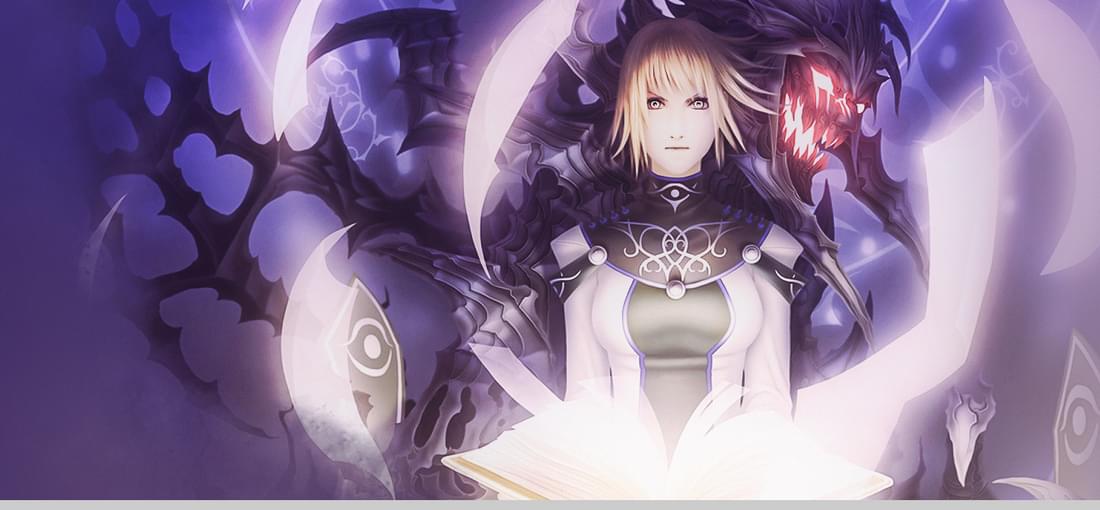
Based on a niche tabletop RPG, Anima: Gate of Memories is, uh, a lot of jank. Even accounting for its indie nature, it’s very flawed for a 2016 release. It markets itself as an “action RPG”, but plays more like a regular beat’em’up with upgrade systems – which are a bit weird and confusing in some regards. The combat is something out of the early 2000s, with controls that feel pretty stiff, while the levels have a number of sections that are a pain to go through: annoying spike traps, wonky platforming, dysfunctional stealth, dragged-out boss fights… It’s... not very competent, and it only gets more unpleasant as it goes on. Not to mention all the small bugs and technical missteps, like how requirements for buying skills make it so that you usually have leftover upgrade points after a level up, or how prompts in menus are show as Xbox buttons even if you play with the keyboard or rebind them... By every metric, A:GoM has massive flaws. And yet, in every aspect, in tries SO hard!... Behind the weird mechanics and unresponsive controls is a fairly complex and interesting combat system. Behind the mediocre voice acting and the occasionally cringy dialogue is a compelling story. Behind every unbearable segment is an ill-fated attempt at diversifying the gameplay. You also can’t deny that the OST is quite good, and that the Unity graphics do a genuinely great job of reproducing the gorgeous artwork of Wen Yu Li, Anima’s main illustrator. For all my gripes against the game, I found myself enjoying the combat a few times, and very often thought some areas looked cool or were fun to navigate. And it’s nice to see Anima getting VG adaptations! Yet overall this one is a textbook case of a development team having the motivation and ideas to make the epic game of their dreams, but clearly finding themselves in way over their heads (and maybe out of budget). It has a lot of soul, but it’s too amateurish to recommend to anyone but fans of the tabletop RPG that inspired it.
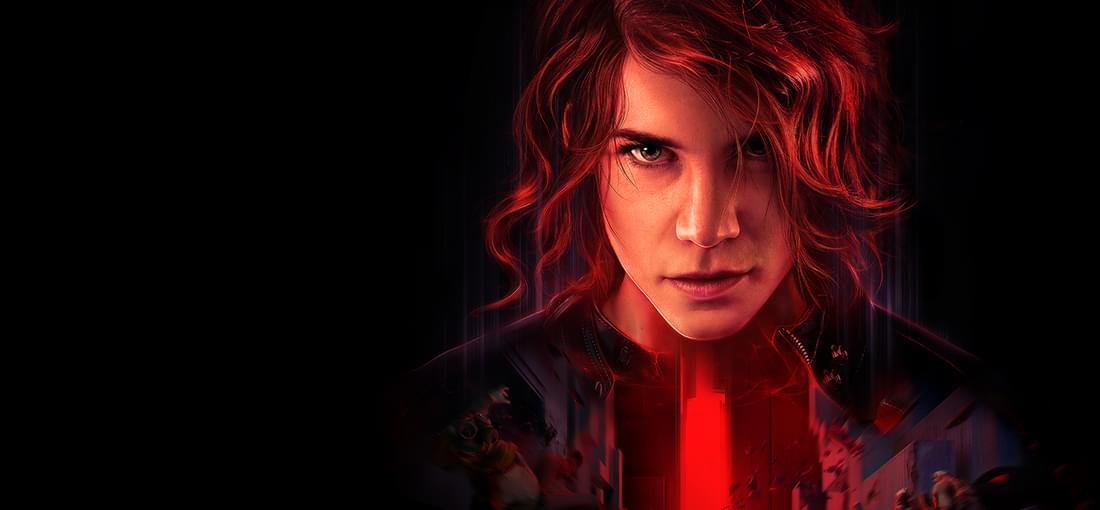
Have you ever played a third-person shooter and thought it would be better if the protagonist had psychokinetic powers? If so, here's a game for you! In Control, your gun kind of acts like a support weapon: your true strength lies in superior mobility and the ability to pulverize enemies by throwing energy blasts and random props at their face. And overall, it's very well executed. There is a simple, raw beauty to the combat, and to the way it gets increasingly insane as you gain new powers: it's not entirely without clumsiness, but the way the heroine destroys the environments during fights is extremely satisfying. The level design is fairly non-linear, and exploring the Bureau is fun and immersive, largely because Control has great atmosphere. In the Oldest House, a strange place inspired in equal measure by Jungian theory, brutalist architecture and SCP stories, you'll indeed discover a fascinating world of sterile concrete walls and deserted office spaces where everyday items are imbued with surreal powers, and where every employee has a few screws loose. Like in every good horror work, the true monsters of Control are glimpsed at rather than seen... Although Remedy's usual brand of deadpan wackiness brings some levity to it all. Sadly, Control suffers from, uh... "modern gaming issues". You know, all these RPG-esque mechanics that you've seen in every action game for the past 15 years but never really liked. Crafting, experience gains, upgrade systems, tiered enemies, randomly generated missions and loot... Those contents are meant to add depth to the gameplay, but it's mostly here as padding and does very little to actually enhance the experience. It's easy to imagine a version of Control that would have none of this fluff and remain great. Still, while Control has its flaws, in the end I can only recommend it. It's one of the most unique shooters to have been released in recent years and a blast to play, at least when it comes to the main story and DLCs.